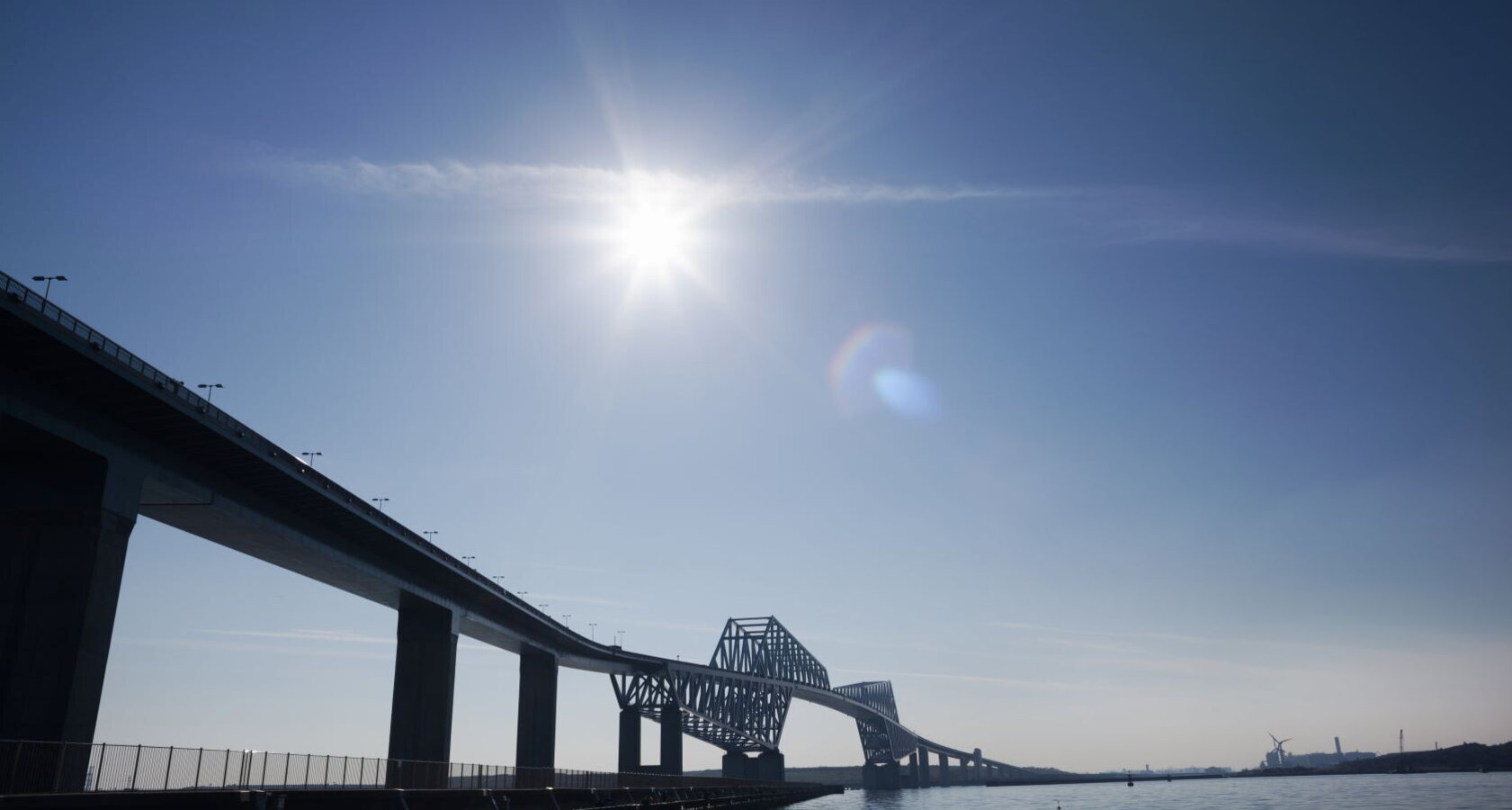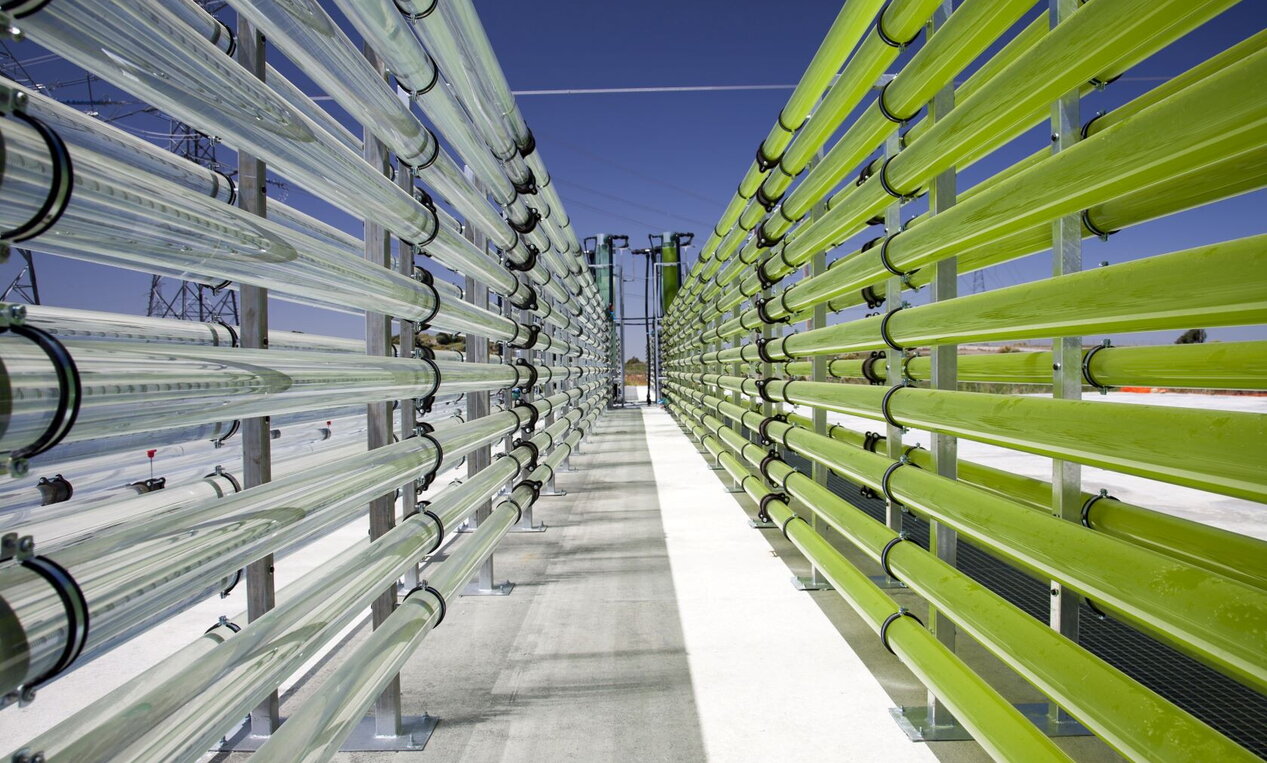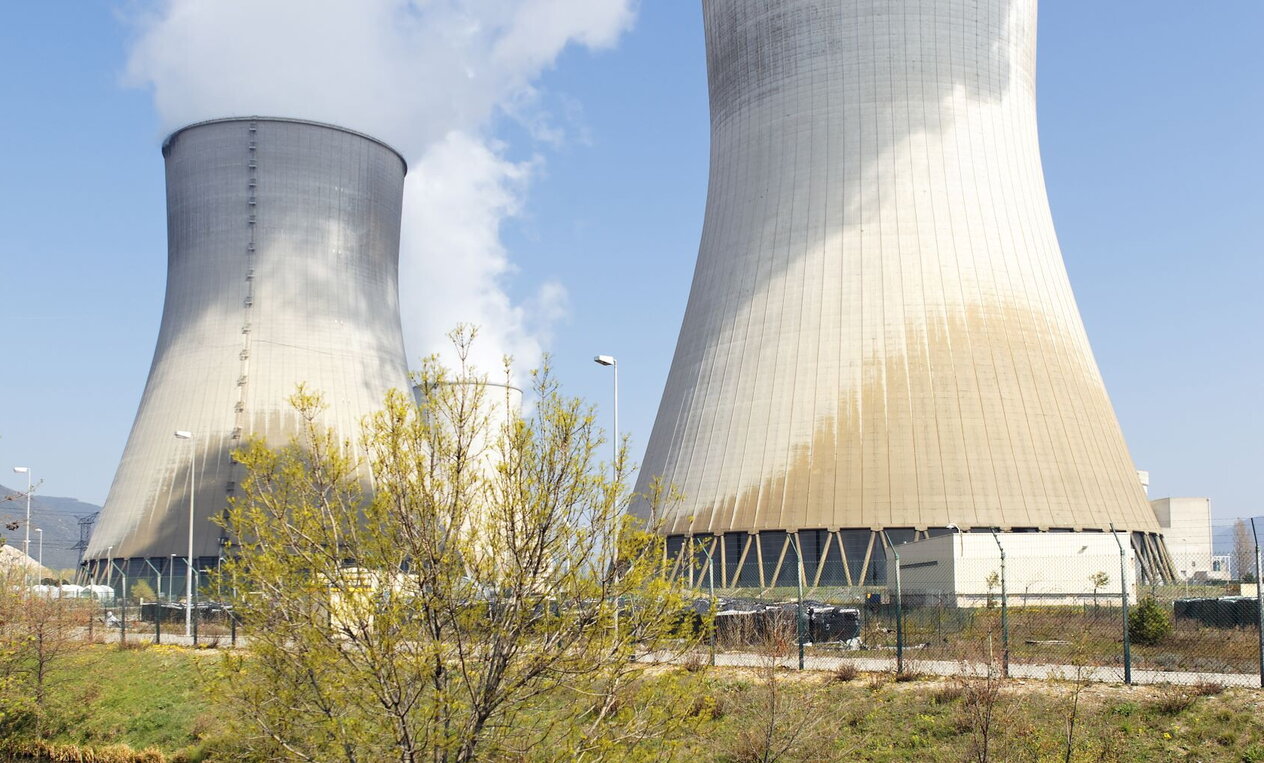
Perspectives and Opportunities
Decarbonization, the importance of "yes, and…"
An approach that combines different technological solutions is essential to effectively mitigate climate change. CCS, if integrated with renewables, energy efficiency and other technologies, can make an important contribution, especially in hard-to-abate industries.
8 minE
very actor knows the technique: they call it “yes, and.” To build chemistry on stage and get an improvisation going, actors need to be receptive, they need to be open to what the other players bring to the scene. So, instead of “no, but,” improv demands you begin every response “yes, and”. Why? Because saying “yes, and” allows you to take what is useful from the other players and then build upon it.
Carbon Capture and Storage (CCS) should be seen as a “yes, and” technology. When someone proposes a project to capture and store carbon, our default response should be to accept it and to build upon it, understanding it as part of a suite of climate policies that, together, can help us tackle the problem.
In the fight against climate change, there are no silver bullets. The problem is so big, so all-encompassing, that only a yes, and approach can really make a dent. CCS alone cannot solve the climate crisis: no individual technology can. Viewing climate strategies through a “no, but” lens is impractical and counterproductive. What we face is not a menu of options to choose among, but a series of disparate approaches all of which must be pursued in tandem.
Ccs, potential and challenges
That CCS has a leading role to play on the stage of climate mitigation should be obvious. It has the potential to significantly reduce carbon emissions from industrial sources and power plants, capturing up to 90 percent of the CO2 emissions produced in certain contexts. This capability is especially valuable for industries that are hard to decarbonize, such as cement and steel production. CCS can even contribute to negative emissions when combined with bioenergy (BECCS), helping to remove CO2 from the atmosphere.

Of course, CCS is not without its challenges. The costs associated with it can be high, including the expense of capturing, transporting, and storing CO2. Geological variability also poses a significant challenge; suitable storage sites are not evenly distributed globally, and identifying and validating these sites can be complex and time-consuming. We know transporting CO2 from capture sites to storage locations adds another layer of logistical difficulty. And let's not forget the uncertainties regarding the long-term reliability of CO2 storage, including potential leakage risks stemming from the relative technological immaturity of current storage methods.
Yet, CCS works brilliantly in some contexts. Take Norway’s Sleipner project. Operating since 1996, it successfully stores CO2 in deep saline aquifers beneath the North Sea. This project demonstrates that with the right geological conditions and regulatory support, CCS can work, and work well. On the flip side, regions without such favorable conditions face significant hurdles. Those looking to CCS for a panacea will be disappointed, but then those looking for a panacea are looking at it all wrong.
“Yes, and” approach to climate technologies
Can CCS work? Yes, and other climate technologies can also help, within their niche. Wind and solar power are fantastic renewable energy sources but are intermittent and dependent on geographical and weather conditions. Solar power thrives in sunny regions like the southwestern United States, while wind power is highly effective in windy areas such as the Great Plains.
Battery storage technologies are crucial for mitigating the intermittency of renewables, yet they come with their own challenges, including high costs, limited storage capacity, and resource-availability constraints related to battery materials. Hydrogen technology presents another promising avenue for energy storage and transportation but requires significant advancements in production efficiency and infrastructure development

Some “yes, and” technologies have suffered from a poor public image, and this too needs to change. No path to Net Zero is believable without a renewed push into nuclear power generation: a mature, safe, zero-emissions power-source that countries unwisely abandoned in the panic that followed the Chernobyl disaster. New nuclear power plant designs are much safer for human health that burning coal. We must say “yes, and” to them as well.
Less conventional technologies will also play a part in the grand fight against climate change. Fertilizing ocean ecosystems with essential nutrients can allow the development of algae and phytoplankton blooms that could store carbon affordably, while other techniques will combat ocean acidification. Brightening marine clouds by adding tiny sea salt particles to them can increase the amount of solar radiation they bounce back into space, directly cooling the planet. Adding a layer of reflective particles to the upper atmosphere could have a similar effect, quickly bringing temperatures down and helping manage climate risks. Much basic science remains to be accomplished before such proposals can be put into practice. But these, too, should be seen as “yes, and” technologies — not as “solutions”, but as parts of the solution
A more resilient energy system
No one technology can offer a solution, but a strategy of combining technologies can. CCS should be seen as one component of a diversified strategy that includes renewable energy, energy efficiency, reforestation, and other mitigation measures. By integrating CCS with other technologies, we can address the limitations and capitalize on the strengths of each.
Combining CCS with renewable energy sources and battery storage can create a more resilient and flexible energy system. Increasing oceans’ capacity to store carbon would be a natural complement to CCS — just two different ways of ensuring CO2 is sequestered safely away from the atmosphere, so it can’t contribute. Such integrated approaches can make an “all hands on deck” approach to the climate crisis a reality.

CCS can handle emissions from industrial sources that are harder to decarbonize. That’s a crucial part of the vast climate puzzle…but just one part. It can work in conjunction with other approaches but must not be set in opposition to them. Approaches that favor one technology at the cost of the others risk setting back the overall fight against climate change. The climate crisis is too vast for us to be picking favorites at this stage.
In the grand improvisation of climate action, CCS is a valuable player. It may not be the star, but it’s a crucial part of the ensemble. Because this is emphatically an ensemble cast, and leveraging the diverse strengths of each actor is the way to make the play a success. The stage is set, and it’s a global stage at that. Do we have a chance of pulling off this feat? Yes, and with CCS in the mix, our chances are even better.

